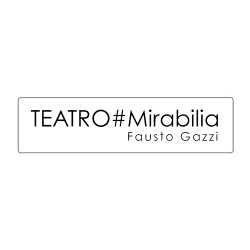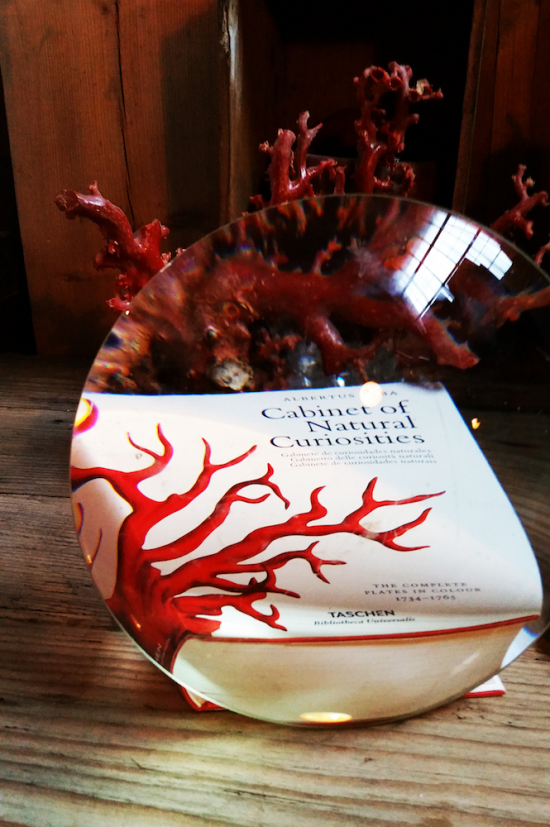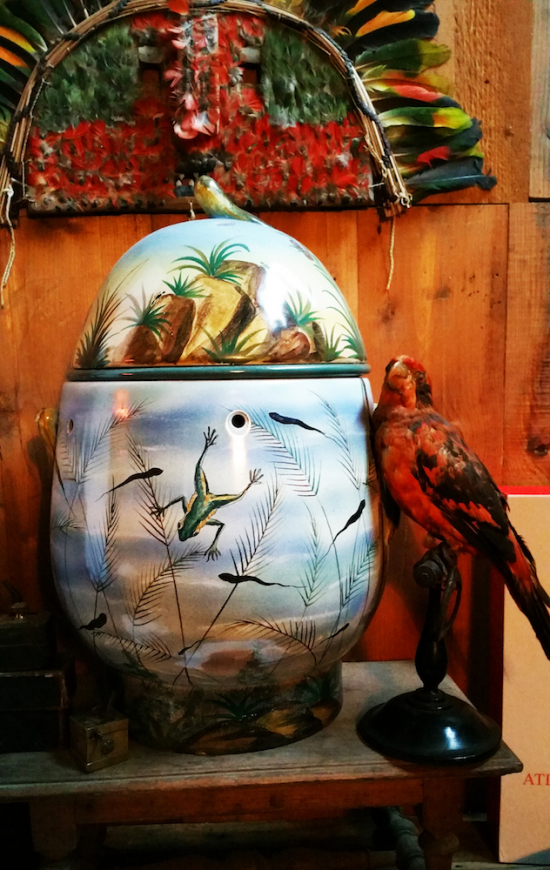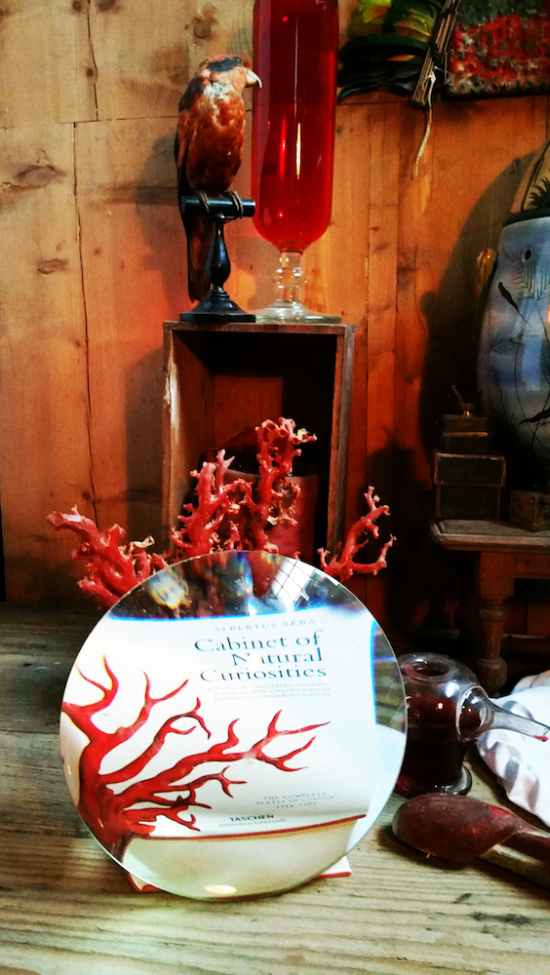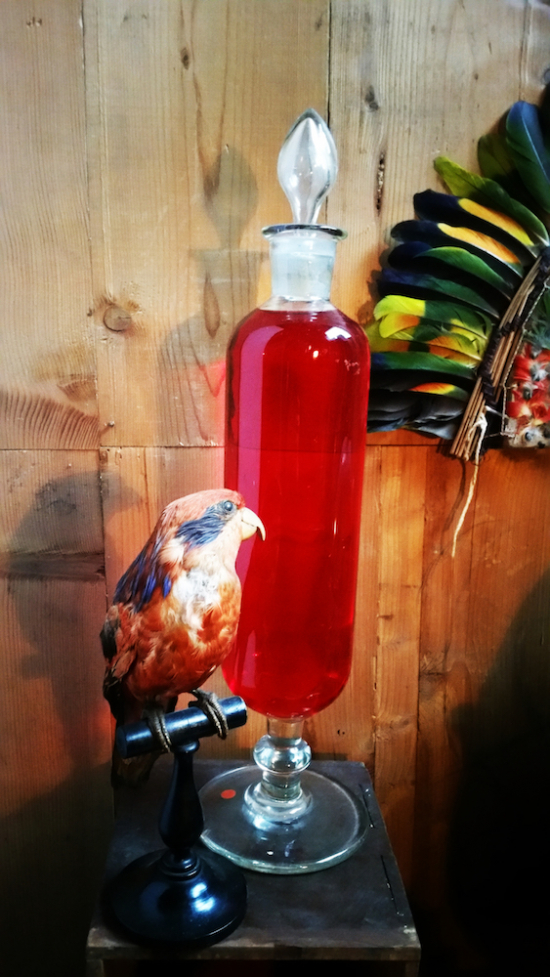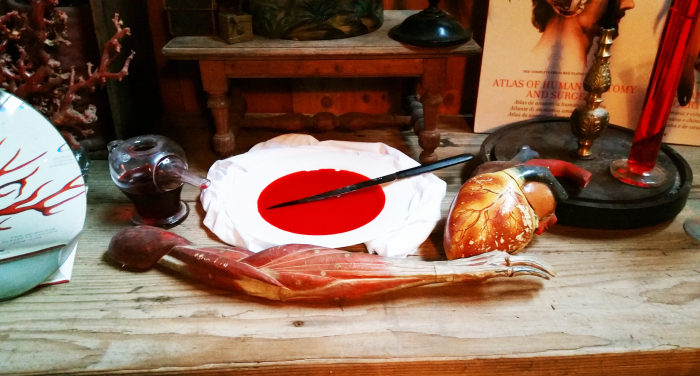The Seventies. Mass screening to prevent Beta thalassemia. I am of course on the list of healthy carriers. Since then – and for many years – I would be accompanied by the perception of the deep meaning of this red liquid flowing through my veins, the evidence that my ancestors used to live in the misty wetlands between the Adige and the Po rivers, comparable to the Babylonian lands between the Tigris and Euphrates. We have the same blood of the inhabitants of those marshlands where the first civilizations were born. Beyond thalassemia, the mosquitoes carrying malaria left us the resistance to malaria itself. The love for hazes, slow waters, ponds and all forms of life hiding in their muddy bottoms has never left me, not even now that from my windows in Modena I see the silhouettes of the Apennine mountains.
Ever since the advent of humankind, blood represents birth, life and death: it has powerful and ever-changing symbolic meanings. The group of objects I have collected exemplifies the main symbolic meanings that were associated with blood until recently.
The big jar in the middle is a container/nursery of leeches, which until a few decades ago used to be sold in our drugstores. The practice of bloodletting coincides with the belief that nefarious fluids flew through our body together with blood, and that they should be removed to treat any kind of illness. The beloved marshy environment where leeches swim, skilfully painted on the jar, makes it one of the most beautiful apothecary jars ever produced.
The two box-shaped brass tools on the left are Eighteenth century scarificators for bloodletting, which were considered an innovation at that time: thanks to the blades that quickly came out and in, the skin could be cut with minimum pain.
The three parrots represent the many legends that connect the purple-feathered birds to the myth of blood, as for example the robin is associated with the blood of Christ on the cross.
The red coral has always been considered a very powerful talisman, and this is why all wunderkammers, in all times and places, contained a specimen of it. According to a legend, it is the blood that gushed from the head of Medusa and hardened as soon as it came in contact with water, arousing amazement in the mermaids that saw the miracle. Its shape recalls blood vessels and the meanders of its viscera connect it to the symbolism of blood as a vehicle of life and generation.
The real specimen is mirrored by the image on the cover of the Taschen book Cabinet of Natural Curiosities by Albertus Seba, one of the most beautiful natural history books of all time, that here can be seen through the big lens of a film projector. The colour red also prevails on the cover of the Taschen book Atlas of Human Anatomy and Surgery, by J.M. Bourgery, a Nineteenth Century illustrated anatomical treatise that combines the exactitude of scientific observation with the beauty of illustrations.
The feathered mask of the Tapirapé tribe living in the Amazon rainforest is connected with the female period and was used during the initiation rites pertaining to adolescence. The fear and astonishment aroused by the renewal of women’s blood at every new moon are typical of all cultures and mythologies in history. On the foreground there are a papier-mâché didactic heart model and a papier-mâché arm by Dr. Auzoux.
The arrangement is completed by four apothecary phials in various shapes and sizes.
The power, fear, fascination and sometimes the horror associated with our precious lymph have never left us, and they are continuously renewed, especially these days, when evil forces and ideologies turn it into a representational theatre of threat and warning.
